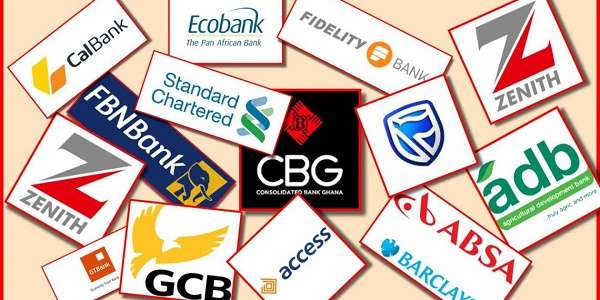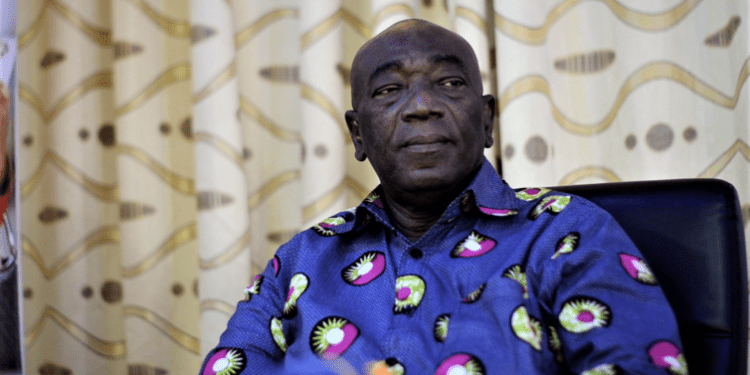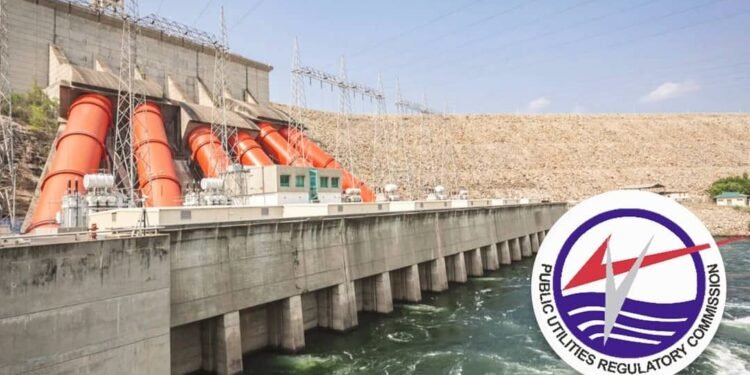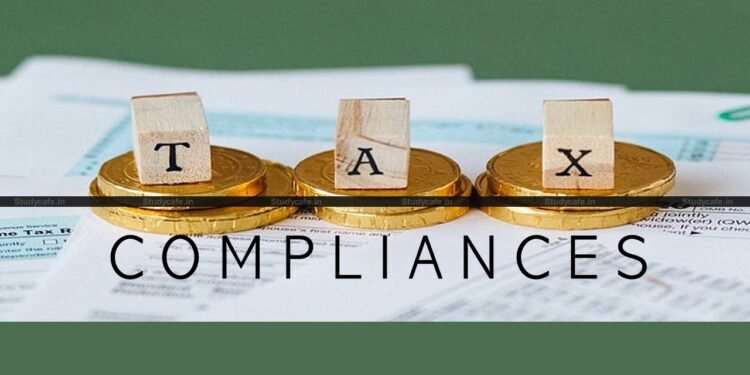Ghana’s banking sector is grappling with a startling contraction in credit to both private and public institutions, with lending plummeting from GH¢11.35 billion in June 2024 to just GH¢4.68 billion in June 2025.
The 142% year-on-year decline in credit flows has sent shockwaves through the economy, sparking fears over the capacity of businesses to access much-needed financing for growth and expansion.
The July 2025 Monetary Policy Report of the Bank of Ghana (BoG) attributes the decline largely to a steep fall in credit to the public sector, coupled with a shift in banks’ investment strategies. Instead of lending to businesses, many financial institutions have redirected funds into government and BoG securities—safer, but less growth-stimulating assets.
Private Sector Credit Still Dominates, but Weakens in Real Terms
Despite the decline, the private sector remains the primary recipient of bank lending, accounting for 95.05% of total outstanding credit in June 2025, compared to 92.40% in June 2024. At face value, outstanding private sector credit grew to GH¢84.75 billion, up from GH¢78.06 billion over the same period.
However, when adjusted for inflation and purchasing power, real private sector credit contracted by 4.48%, deepening from a 4.18% contraction recorded a year earlier. This suggests that, although more credit was nominally available, its real impact on business growth and investment weakened during the review period.
Why Banks Are Choosing Securities Over Businesses
The sharp retreat from private and public sector lending reflects broader trends in Ghana’s financial landscape. With high yields on government and BoG securities, banks find these instruments far more attractive and less risky compared to lending to businesses.
According to analysts, this shift is having a “crowding out effect”—where funds that could have fueled private sector expansion are instead locked into government securities. While this offers banks stability, it deprives the productive sectors of critical funding needed for investment, job creation, and industrialization.
Among the industries receiving credit, the services sector dominates, accounting for a staggering 76.53% of total flows in June 2025. Commerce and finance followed with 17.65%, electricity, gas and water with 6.52%, manufacturing with 4.55%, and agriculture, forestry and fisheries with 4.12%.
This distribution underscores Ghana’s economic structure, where the services sector—particularly trade, communications, and financial services—remains the largest beneficiary of credit flows. Meanwhile, critical growth areas like manufacturing and agriculture continue to receive less than 5% of total credit, raising concerns about their ability to drive industrialization and food security in the long term.
Implications for Businesses and the Economy
The contraction in credit raises significant concerns for Small and Medium Enterprises (SMEs), which already face challenges in accessing financing due to high collateral requirements and interest rates. With banks pulling back from lending, many SMEs may struggle to expand operations, adopt new technologies, or even sustain day-to-day activities.
Economists warn that the continued credit squeeze could slow down Ghana’s growth momentum, particularly in sectors that rely heavily on external financing. The reduced availability of loans could also fuel unemployment, stall investment in productive ventures, and increase the cost of doing business.
Policy Direction: Can the BoG Restore Lending Confidence?
The BoG now faces the task of balancing macroeconomic stability with the need to ensure adequate private sector financing. Policies that encourage banks to channel more funds into the productive economy, rather than into government securities, may be critical in reversing the credit crunch.
Some experts suggest that incentives—such as tax breaks or credit guarantee schemes—could help de-risk lending to businesses, particularly SMEs. Others argue that a reduction in government’s domestic borrowing appetite could free up liquidity, compelling banks to look towards the private sector once again.
While the headline figure of a GH¢4.68 billion lending collapse is alarming, the situation also presents an opportunity for policymakers to rethink Ghana’s credit system. A healthy balance between bank stability and private sector financing is crucial for sustainable growth.
As Ghana aims to industrialize and position SMEs at the center of economic transformation, ensuring accessible and affordable credit will remain one of the biggest challenges—and priorities—in the years ahead.























